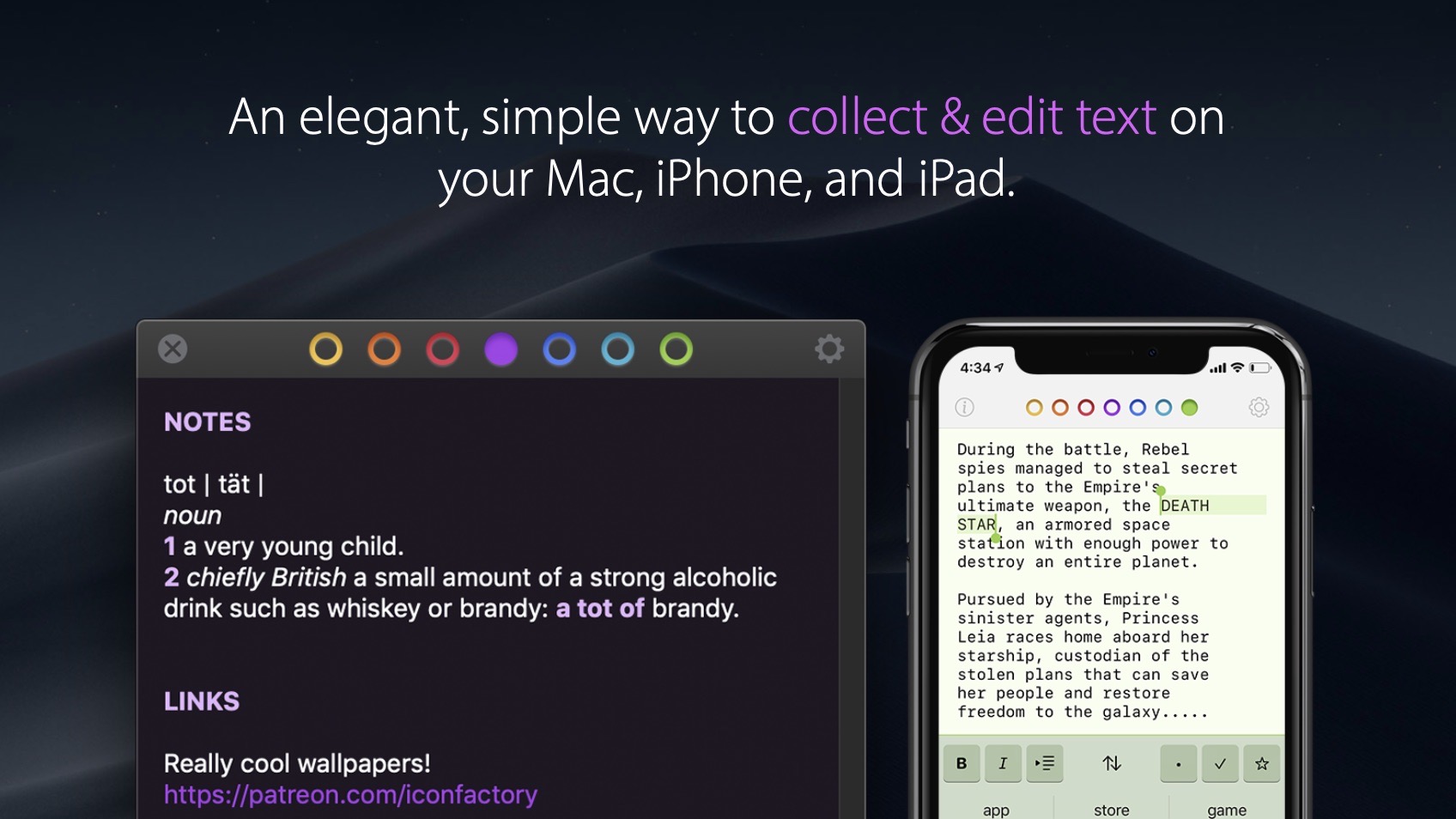
So I can click here on the Options and you can see I get lots of different options. But you can see right here it just found it in the word scattering, scatter, and other words. If I search for cat see 33 things come up and I don't remember there being any cats in the book. So I could do something a little more precise here. Now you saw how it would find the letters d, o, g inside of another word and would find those and also replace those. Likewise you could just go and say All and it will replace all of them that are present in the entire document. So if you want to change some but not all instances of a set of letters you can do it using these two buttons here. This actually will help because if I wanted to skip one, say skip this one, I can hit the next arrow there and then just replace the next one. I can continue to use Replace and go through them all. If I hit Replace you see it changed that one and automatically jumps to the next one. Now I can hit two buttons here Replace or replace All. Now I get a second field and I can replace it with something. Well, what I can do here is I can check off this Replace box here. Say if you are searching for something and there is only seven of them and you know that there is something you want to change near one of those you can just do a Command F, type the word, hit return to find the first one and Command G to go to the second one, third one, fourth one, etc.Īlright so now suppose I want to change all of these. So using those shortcuts you can jump around and look for what you need. Shift Command G will go backwards through the document. So I'm going to do Command G through the document and you can see I can just jump around looking for maybe the one instance of this word that I wanted to change or get to so I can edit something else nearby. Look under Find and you can see Find Next and Find Previous, Command G and Shift Command G, will allow you to do this very quickly. You can actually use keyboards shortcuts. Now you don't just have to use these arrows. So there it even finds dogs because I'm searching for those three so it's going to find them inside of that word. So I can go to the next one and keep going and look at all the instances of the word dog, or at least those three letters together dog, and see them. Now I can use these arrows to go through them. You can see actually right here it says 198 times. As you can imagine in this book it appears a lot. This will actually bring up a toolbar at the top where I can type some text and then I will get some results. Let me just start with Find here because I can get to everything through there. I've got Find and some other similar commands.


Sometimes there is an entire Find or Search menu all by itself. Now it is going to be in a slightly different place in different apps. So to find something I would go first to Edit and then Find. Well, first I'll start with Find and then I'll look at Find and Replace and then I'll look at Find and Replace All to do it all in one shot. So a very large document here and say I wanted to universally replace something throughout. I've loaded in the Project Gutenberg version of The Call of the Wild. I'm going to demonstrate here first in TextEdit. You can find it in most word processing apps. But a lot of people don't know about it or don't use it. On today's episode let's look at using Find and Replace in TextEdit and other apps.įind and Replace is a tool I use all the time and I take it for granted. Video Transcript: Hi, this is Gary with.


Check out Using Find and Replace In TextEdit and Other Apps at YouTube for closed captioning and more options.


 0 kommentar(er)
0 kommentar(er)
